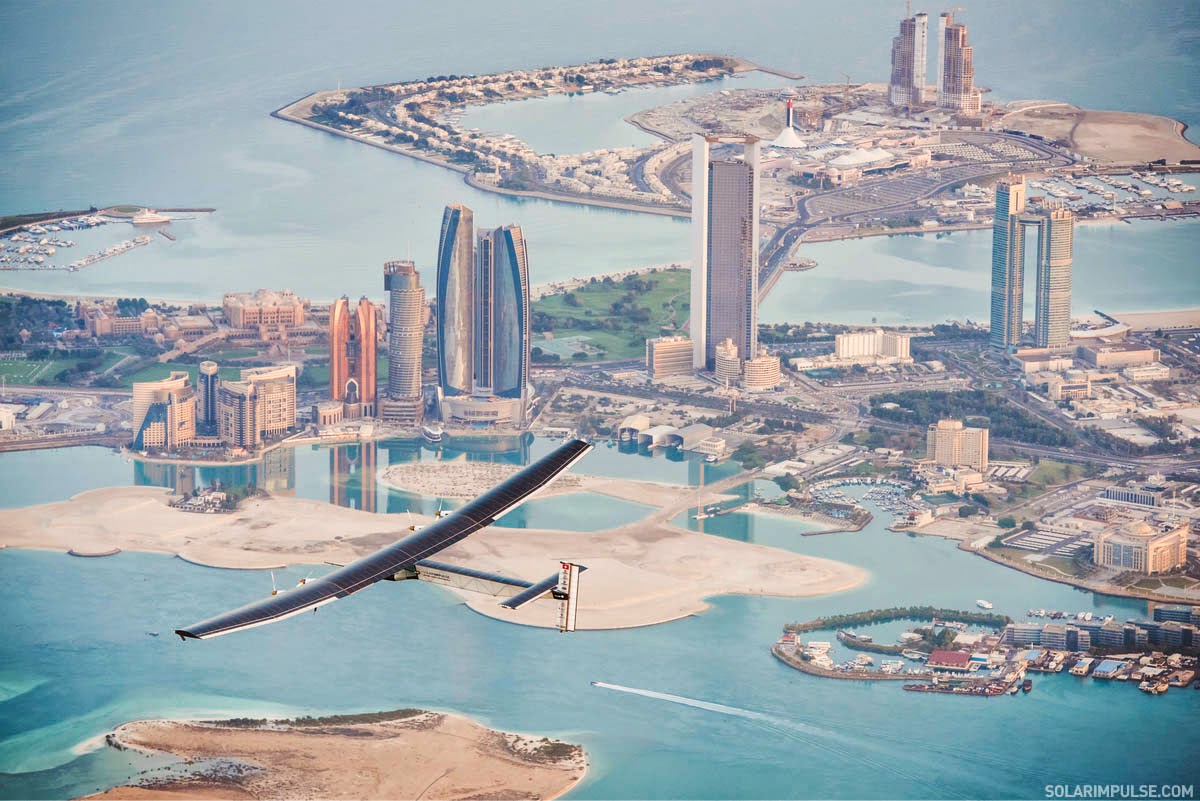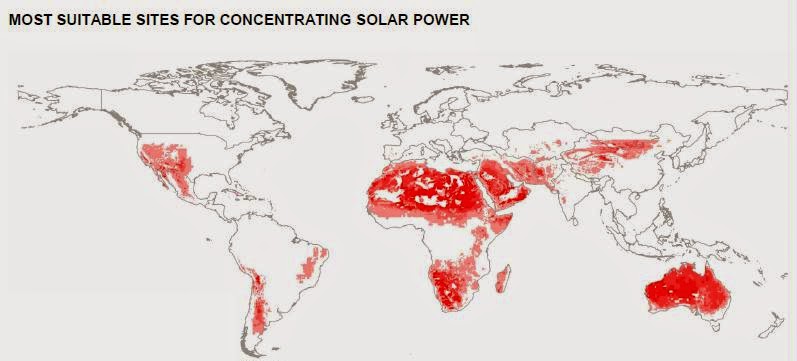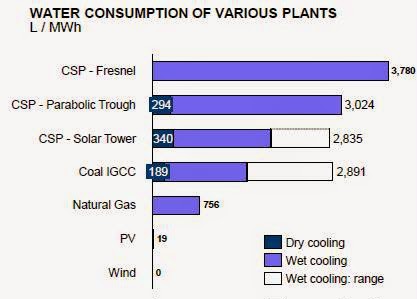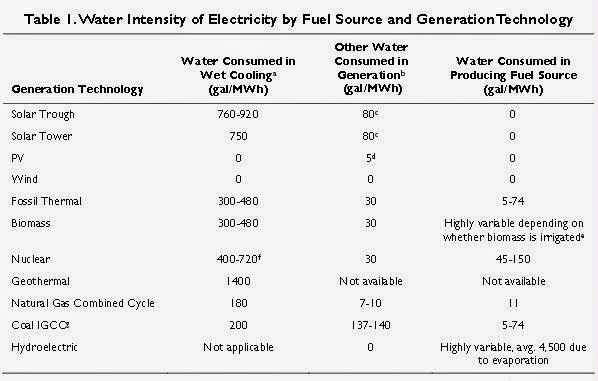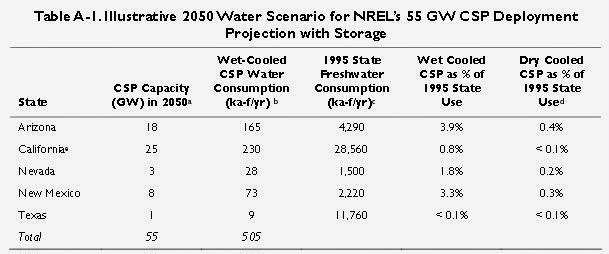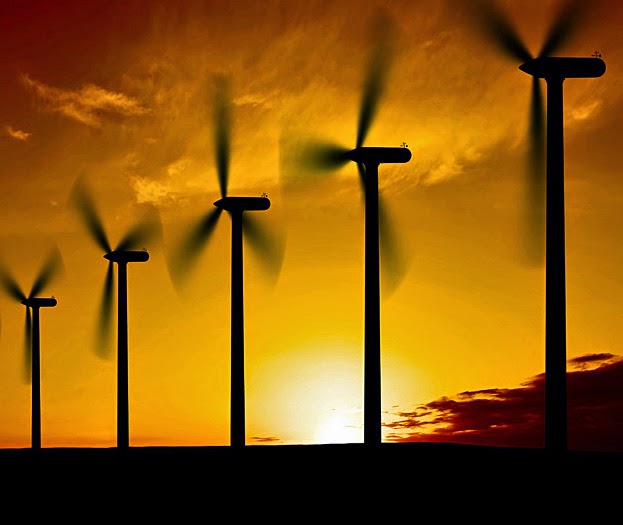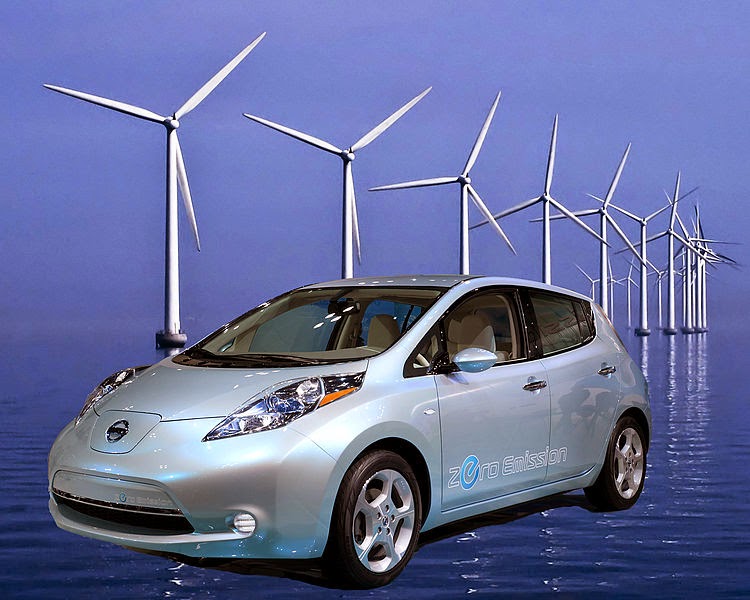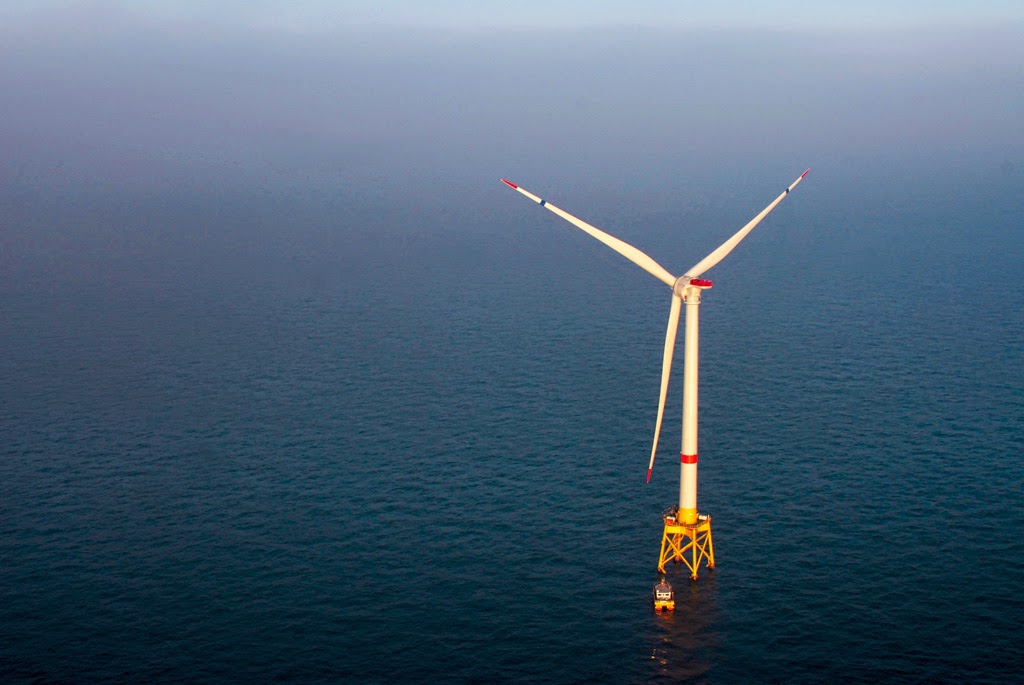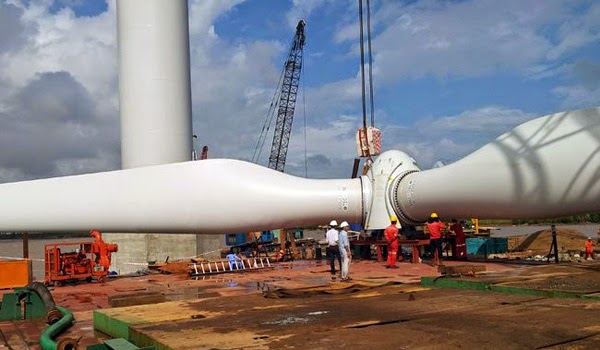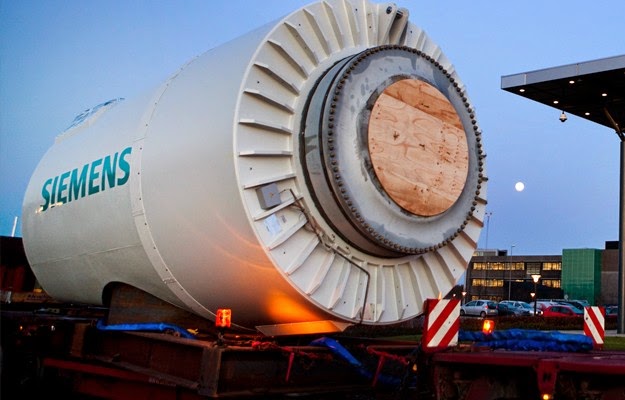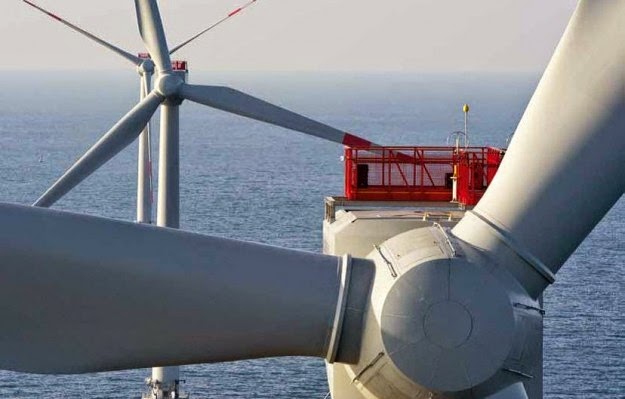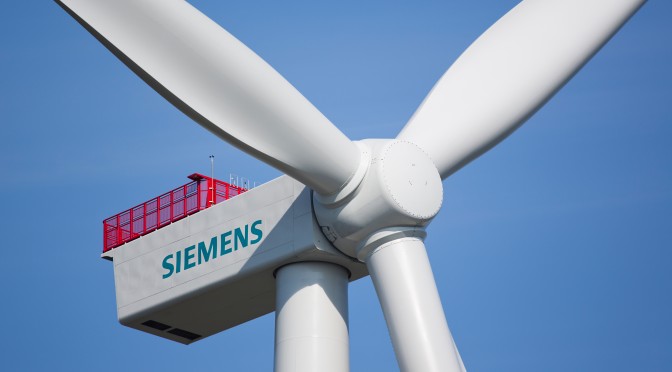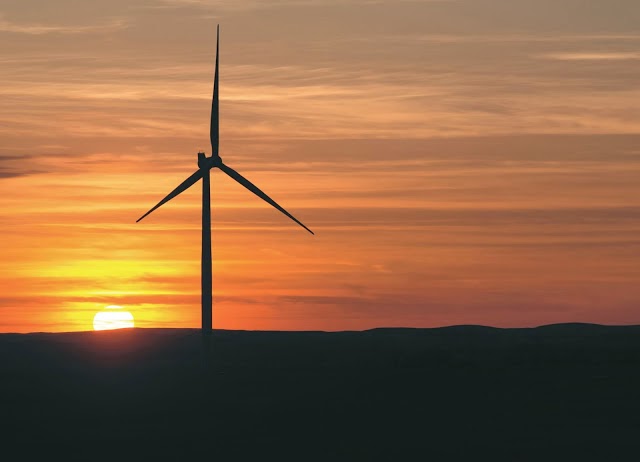Con la ayuda de materiales de alta tecnología e impulsado únicamente por energía solar, el aeroplano futurista Solar Impulse ha iniciado un viaje sin precedentes alrededor del mundo. Los detalles de este viaje histórico fueron revelados el pasado mes de enero en Abu Dabi por Bertrand Piccard y André Borschberg, promotores del proyecto y pilotos de la aeronave, que ha partido de esta ciudad del golfo Pérsico. La aeronave es especialmente ligera y energéticamente eficiente gracias al empleo de numerosos productos y soluciones innovadores de Bayer MaterialScience, entre los que destaca un nuevo material aislante para la cabina extraordinariamente eficaz.
El avión Solar Impulse 2 puede volar las 24 horas del día sin consumir ni una gota de combustible, y con un peso de tan solo 2,3 toneladas ―menos de lo que pesa un todoterreno grande― aunque con la envergadura de un avión de pasajeros de gran tamaño. Durante el viaje, que está previsto que dure cinco meses, recorrerá 32.000 kilómetros gracias a unos motores propulsados exclusivamente por la energía que proporcionarán unas 17.200 células fotovoltaicas. El piloto al mando de la pequeña cabina tendrá que mantenerse en el aire hasta cinco días consecutivos, incluyendo noches.
A cargo del diseño de la carcasa de la cabina
Además de contribuir a que el aviador pueda resistir las exigencias que conlleva este viaje, los materiales de alta tecnología de Bayer MaterialScience resultan cruciales para el conjunto de la misión. Una de las responsabilidades de la empresa, que es patrocinadora oficial del proyecto desde el año 2010, ha sido el diseño completo de la carcasa de la cabina.
Entre los materiales utilizados en su fabricación se encuentra Baytherm®Microcell, una espuma aislante de poliuretano cuyo rendimiento es un diez por ciento superior al de los materiales estándar que se utilizan actualmente para el aislamiento. En esta aeronave resulta particularmente importante contar con un aislamiento de alta eficiencia, puesto que será necesario hacer frente a importantes oscilaciones térmicas, desde los 40°C bajo cero durante la noche hasta los 40°C grados durante el día.
La compañía se siente muy orgullosa por su contribución al proyecto Solar Impulse, con el que se demuestra de forma muy gráfica cómo las innovaciones pueden contribuir a preservar los recursos naturales del planeta, así como a mejorar la calidad de vida de las personas y crear valor añadido.
Baytherm® Microcell se utiliza para el aislamiento de la puerta del avión. El resto de la cabina está fabricada con otro tipo de espuma rígida de poliuretano de Bayer MaterialScience. La compañía también suministra el material compuesto de poliuretano y fibra de carbono del que están hechos los cierres de la puerta, así como las delgadas láminas de policarbonato transparente de alto rendimiento para la ventana frontal.
Un revestimiento plateado
En el exterior de la cabina se ha empleado espuma rígida de poliuretano de Bayer MaterialScience para aislar las baterías. Asimismo, la compañía suministra las materias primas utilizadas en el revestimiento plateado que cubre gran parte de la aeronave, así como los adhesivos con los que se fija el material textil que hay debajo de las alas.
La compañía también proporciona a otros mercados y sectores industriales policarbonatos y materias primas de poliuretano, por ejemplo, para la construcción ultraligera en automoción, para el aislamiento de edificios y para el control térmico en electrónica de consumo.
La participación de Bayer MaterialScience en el proyecto Solar Impulse repercutirá positivamente sobre la evolución de sectores clave, ya que se utilizará la aeronave como laboratorio donde mejorar y poner a prueba los productos y, de esa forma, descubrir nuevos ámbitos potenciales de aplicación.
Con una facturación de 11.700 millones de euros en el año 2014, Bayer MaterialScience se encuentra entre las mayores empresas fabricantes de polímeros del mundo. Sus negocios se concentran en la fabricación de materiales de altas prestaciones y en el desarrollo de soluciones innovadoras para productos pertenecientes a muchos ámbitos de la vida diaria. Los clientes más importantes de la empresa proceden de la industria automovilística, la construcción, la electrónica y la electrotecnia, así como de sectores relacionados con el deporte y los artículos de ocio. Bayer MaterialScience cuenta con 30 plantas de producción repartidas por todo el mundo, y con una plantilla de aproximadamente 14.200 personas. Bayer MaterialScience es una empresa del grupo Bayer.
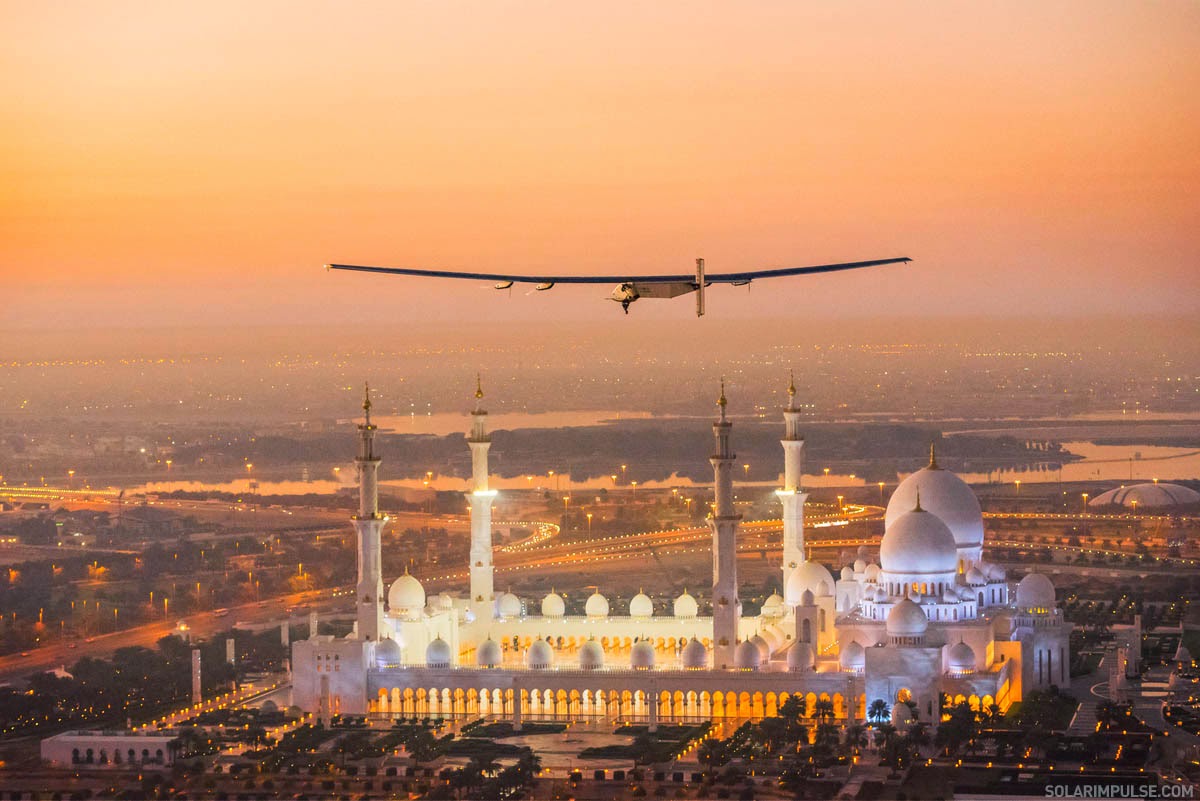.jpg)
